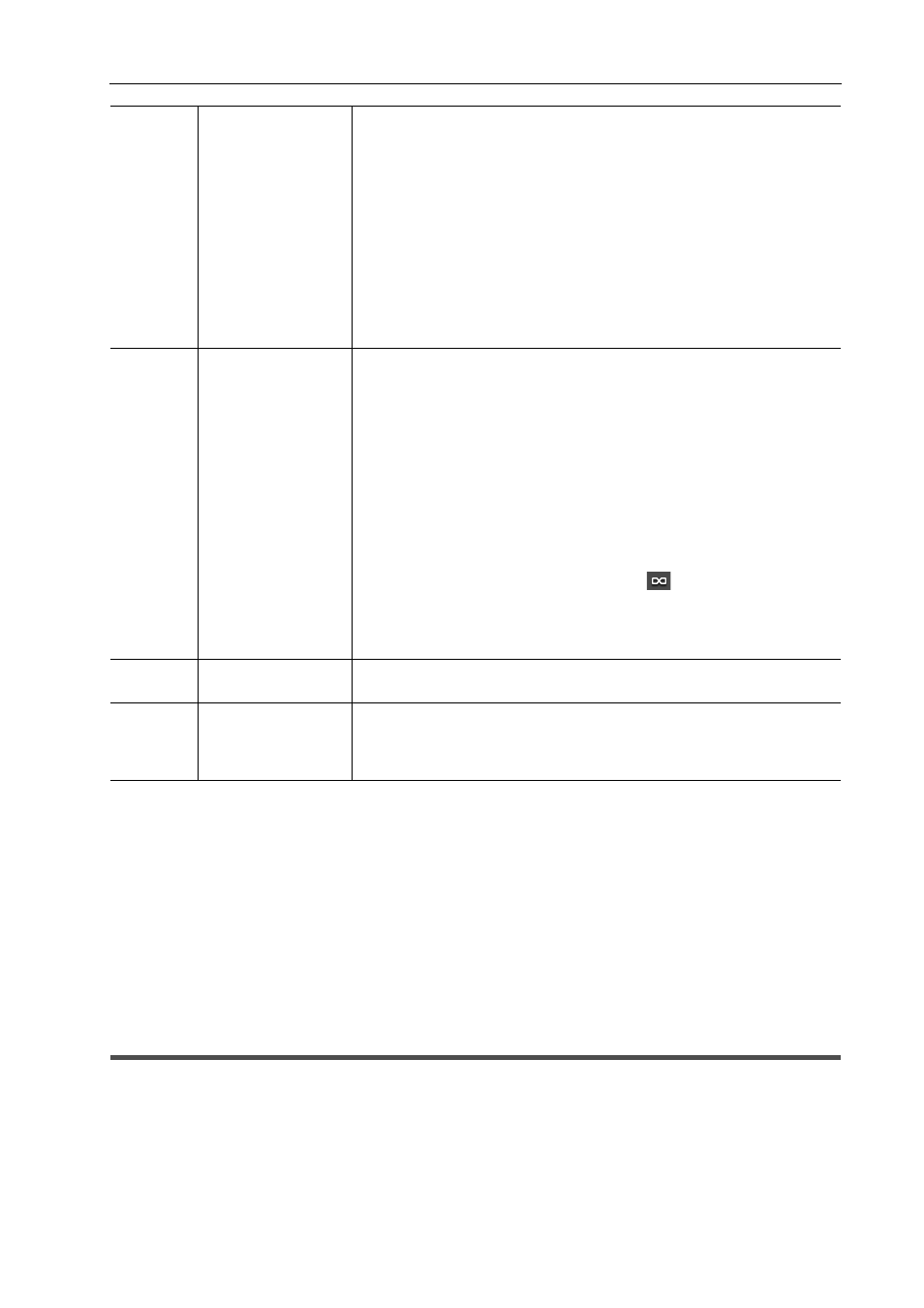Adding effects between clips, Margin of clip – Grass Valley EDIUS Pro v.6.5 User Manual
Page 359

337
Setting Effects
EDIUS - Reference Manual
3
•
You can resize the [Mask] dialog box by moving the cursor to a corner or an edge of the dialog box and dragging
the mouse when the cursor shape changes. You can also click [Maximize] to maximize the window size.
• Move the cursor to the bottom of the preview window and drag the mouse when the cursor shape change to
adjust the display area.
• Right-click the preview to display a menu to select a tool or change the zoom factor. Right-click and click [Zoom]
→ [Fit] to fit the frame to the preview window. When you move the frame using the pan tool, right-click the frame
and click [Centering] to place the frame to the center.
• When the selected path or anchor is dragged while [Shift] on the keyboard held down, it can be moved limiting to
X or Y axis.
• Double-click the preview to add a key frame on the timeline cursor position when the parameter of the key frame
setting is enabled.
Adding Effects between Clips
The following explains the transition and audio cross face between clips.
Margin of Clip
The margin of the clip is the video outside the range between In and Out points. Black triangular mark at both ends of
the clip means the top (end) of each clip.
(12)
[Edge]
Use these settings to specify colors and blur to the path. If there are multiple
paths, the edge settings are applied to all the paths. Individual setting is not
allowed.
[Color]
Check this item to enable the color edge. Enter an edge width in [Width] in
pixels. Click Color box to specify the edge color.
Enter the edge transparency in percentage.
[Soft]
Check this item to blur the edge. Enter a blur width in [Width] in pixels.
[Side]
Apply the color and soft (blur) widths for outside and inside (or both) the path.
(13)
[Shape]
For the selected path, change the various settings including the position by
entering a value. You can select multiple paths to change in batch. To select
multiple paths, click the paths or drag the mouse with [Shift] on the keyboard
held down to enclose the paths.
[Anchor]
Specify the reference position of the path. With the path center as the origin,
specify the anchor position by entering values to X and Y.
[Position]
Specify the path position. With the frame center as the origin, specify where
to place the anchor position by entering values to X and Y.
[Scale]
Enter a zoom factor for zoom in and out. Click
to enable or disable the
fixed aspect ratio.
[Rotation]
Enter an angle to rotate the image.
(14)
Key frame timeline
Set a key frame to apply a movement to the mouse position.
(15)
Window layout
Toggle the window layouts between [Normal], [Preview], and [Multi]. Select
[Preview] to hide the parameters and key frame timeline to enlarge the
preview. Select [Multi] for a multi-monitor view.
* [Multi] option is not displayed for a single monitor system.
